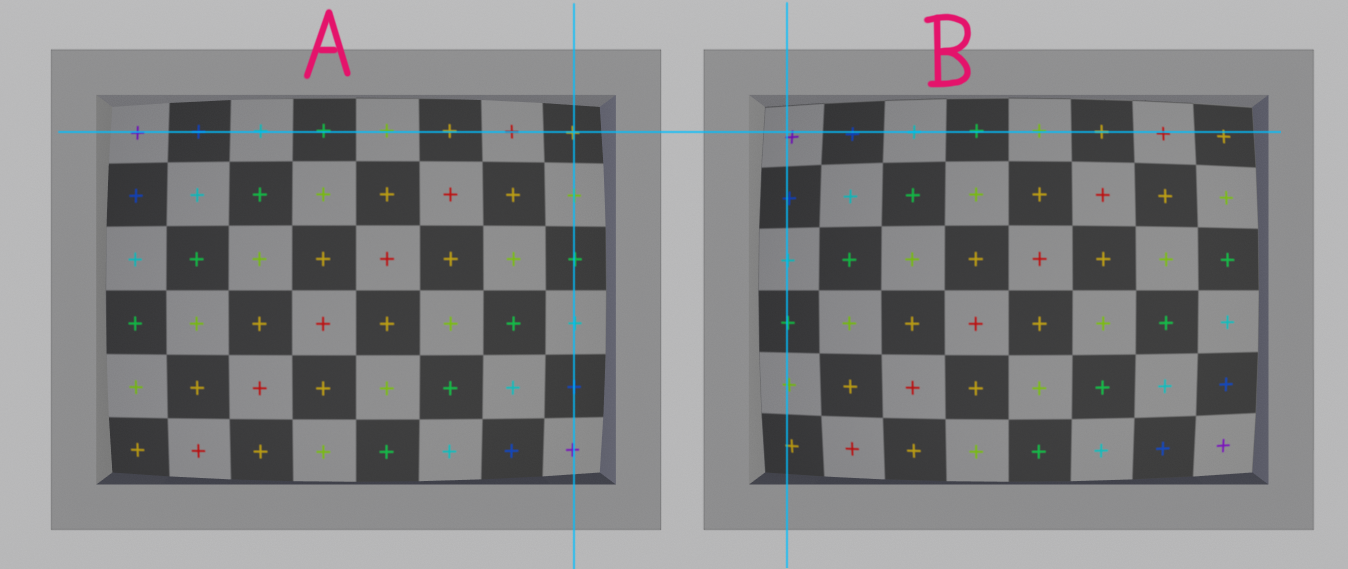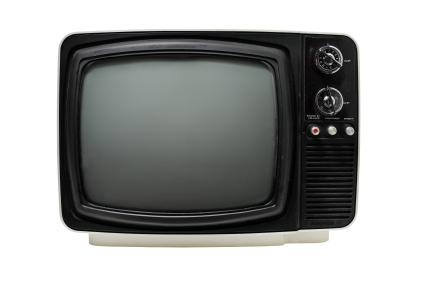I vaguely understand that an old CRT monitor/TV's screen is a section of a sphere, and since the section lines of a sphere curved, the edges of the screen are curved as well.
My question is, if you take a 4:3 image and one of these CRTs, is that image being stretched and 'fish-eyed' to fit the curved edges of this monitors, or does it appear square, but with its corners cut off?
In other words, is A or B correct? Note that the blue lines are straight. On A the image is square and orthogonal, and on B the image is warped to conform to the borders of the screen.

